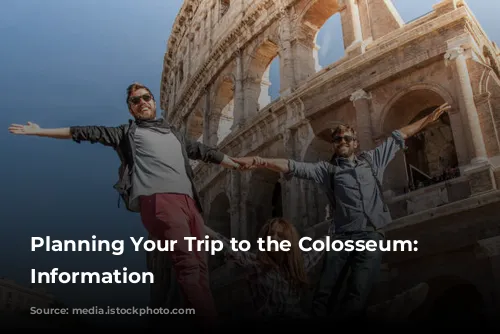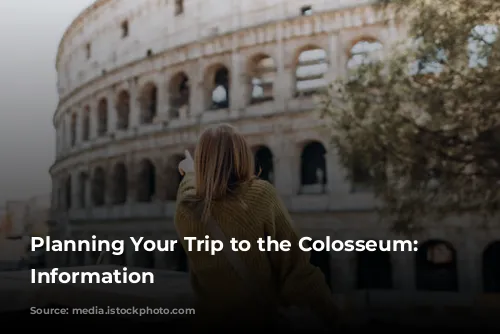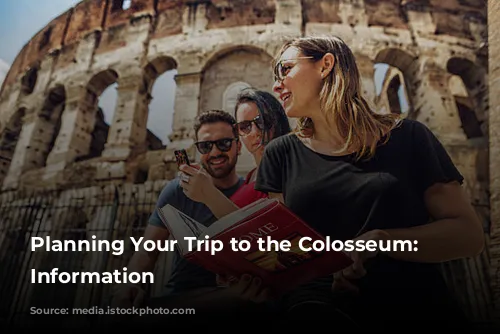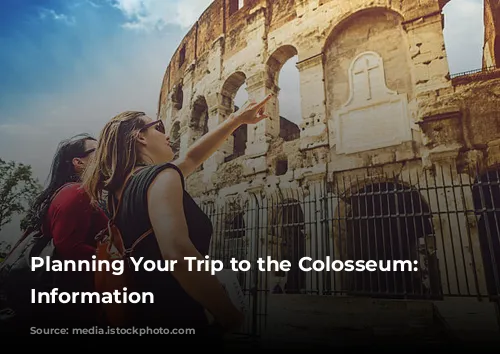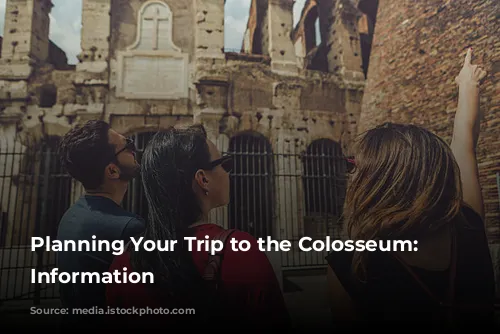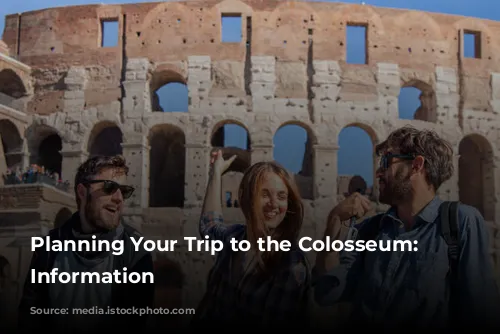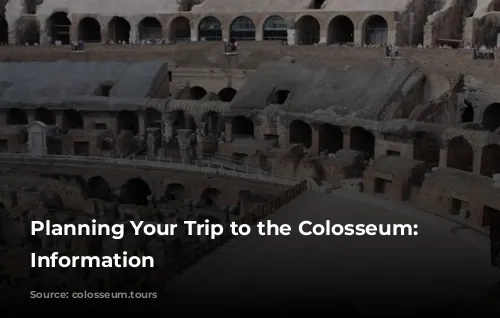Ready to explore the ancient wonder that is the Colosseum? This iconic structure, built by Emperor Vespasian in the 70s AD, is a must-see for any visitor to Rome. Before you set off, take a look at these essential tips to make your visit smooth and enjoyable.
Opening Hours and What to Bring
The Colosseum’s opening hours vary throughout the year.
- January 2nd to February 15th: 8:30 AM to 3:30 PM
- February 16th to March 15th: 8:30 AM to 4:00 PM
- March 16th to the last Saturday of March: 8:30 AM to 4:30 PM
- Last Sunday of March to August 31st: 8:30 AM to 6:15 PM
- September 1st to September 30th: 8:30 AM to 6:00 PM
- October 1st to the last Saturday of October: 8:30 AM to 5:30 PM
- Last Sunday of October to December 31st: 8:30 AM to 3:30 PM
Remember to pack light! The Colosseum has restrictions on what you can bring inside. Leave these items at home:
- Large bags or backpacks
- Wheeled or roller bags
- Glass containers
- Weapons (including pocket knives)
- Aerosol sprays
Booking Your Tickets in Advance
Avoid long lines and guarantee your entry to the Colosseum by booking tickets online in advance. This way, you can choose your preferred date and time slot, ensuring a smoother and more efficient experience. Booking ahead also often gives you skip-the-line access, allowing you to bypass queues and maximize your time exploring the Colosseum and its surroundings.
With advance ticket booking, you can relax knowing you’ll have a seamless and enjoyable visit to one of Rome’s most renowned landmarks.
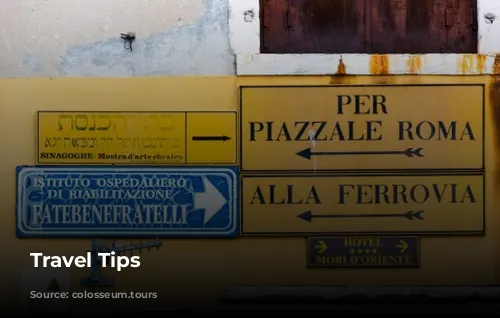
Exploring the Colosseum and Its Rich History
The Colosseum is an architectural marvel and a testament to Roman engineering. This massive oval-shaped structure stands over 48 meters tall, with four levels and three tiers of arches decorated with columns. The lower tier features Doric columns, the middle Ionic, and the upper Corinthian.
Built using limestone, concrete, and bricks, the Colosseum was designed with ramps, stairs, and tunnels, allowing for easy movement of people and animals during events. This clever design ensured efficient entry and exit for spectators, as well as the smooth staging of shows, showcasing the Romans’ mastery of architecture.
A Glimpse into Ancient Rome’s Spectacles
The Colosseum wasn’t just a stadium – it was a stage for a variety of events, including:
- Gladiator fights: The most iconic events, these contests showcased the bravery and skill of gladiators, often with deadly consequences.
- Animal hunts: Wild animals were brought into the arena to be hunted, providing a spectacle of violence and excitement.
- Mock naval battles: With the arena flooded with water, these re-enactments of naval battles were truly breathtaking displays.
The Colosseum could accommodate up to 80,000 spectators, showcasing the grandeur and scale of these ancient spectacles.
The Colosseum at Night: A Magical Experience
As the sun sets over Rome, the Colosseum transforms into a majestic spectacle. Lit up against the dark sky, its grandeur and intricate details become even more prominent. The peaceful atmosphere and the enchanting view create a truly magical experience, connecting us to the rich history of ancient Rome.
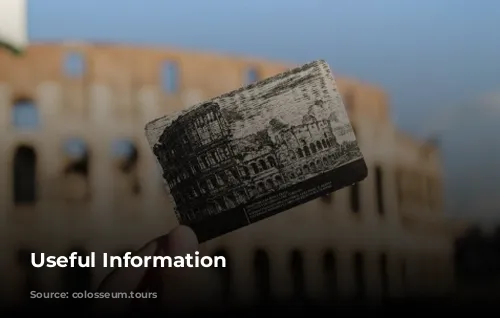
Immerse Yourself in Roman Culture: Dining and Exploring
Rome is a city that tantalizes your taste buds. While the city offers a diverse range of upscale dining options, don’t miss the opportunity to experience the authentic flavours of Roman street food. Look for spots frequented by locals – a sure sign of delicious and high-quality fare.
Speaking of dining, be aware of service charges in Rome. Many restaurants automatically include a service charge on the bill to compensate waitstaff. If you’re particularly impressed with the service, or if the bill doesn’t include a service charge, it’s customary to leave a 10% tip.
Comfortable Shoes Are a Must
Rome is a city best explored on foot. Countless attractions beckon you to wander its charming streets and historic sites. To ensure a comfortable and enjoyable experience, wear comfortable shoes that allow you to explore without discomfort.
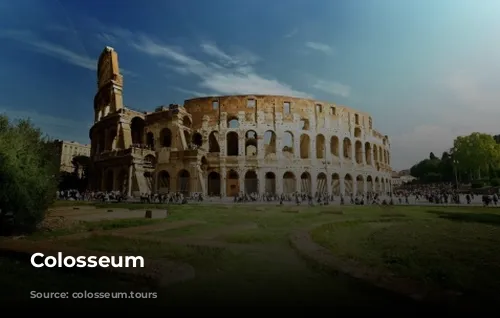
Discover Ancient Rome: A Guided Tour
For an even deeper understanding of Rome’s rich history, consider joining a guided tour. A knowledgeable guide can bring the Colosseum, Palatine Hill, and the Roman Forum to life with captivating stories and insights.
A Comprehensive Tour Experience
A typical guided tour will take you to some of Rome’s most significant historical sites:
- The Colosseum: Marvel at its impressive structure, learn about its fascinating history, and imagine the excitement of the gladiatorial contests.
- Palatine Hill: Climb to the top for breathtaking views of the city and explore the ruins of ancient Roman homes, including the House of Augustus.
- The Roman Forum: Wander through the ruins of this once bustling center of political and social activity. Admire architectural wonders like the Temple of Romulus and learn about the daily life of the Romans.
With a knowledgeable guide by your side, you’ll gain insights into the history of these landmarks and experience their grandeur in a new light.
A Personalized and Unforgettable Tour Experience
For a truly personalized experience, consider a private guided tour. A friendly and professional guide can tailor your tour to your specific interests and needs, ensuring you get the most out of your time.
A private tour also allows you to avoid the crowds and enjoy a private entrance to the Colosseum.
Exploring the Roman Forum with a Private Guide
After meeting your guide at Trajan’s Column, you’ll take a short walk through the Imperial Forum before entering the Roman Forum. Your private guide will point out the most famous monuments, as well as the hidden gems often missed on larger tours.
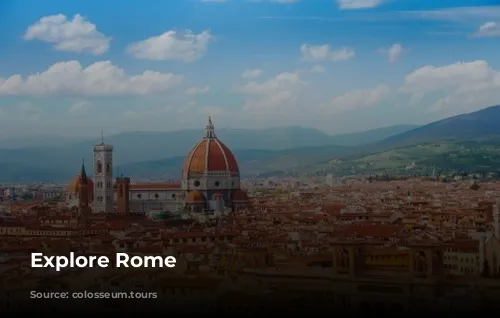
Exploring Beyond the Colosseum: The Vatican City and Roman Neighborhoods
No visit to Rome is complete without a trip to the Vatican City. This tiny city-state, housing the Pope and the Roman Catholic Church, is a center of global reverence and a treasure trove of art and history.
Art, Spirituality, and Architectural Wonders
The Vatican Museums showcase a vast collection of artistic treasures, including iconic works by Michelangelo and Raphael. The Sistine Chapel, with its mesmerizing frescoes, particularly Michelangelo’s masterpiece on the ceiling, will leave you spellbound.
St. Peter’s Basilica, with its awe-inspiring architecture and religious significance, is equally captivating.
Trastevere and Monti: Authentic Glimpses of Rome
For an authentic glimpse into Rome’s vibrant life and rich history, explore the charming neighborhoods of Trastevere and Monti.
- Trastevere: This bohemian neighborhood, with its narrow cobblestone streets and colorful buildings, exudes charm. Explore bustling piazzas, lively trattorias, and experience the energetic nightlife.
- Monti: This eclectic neighborhood blends ancient ruins with trendy boutiques and artisanal shops. Wander through labyrinthine alleys, discover hidden gems, quaint cafes, and artisan workshops – a haven for artists and creatives.
Both neighborhoods offer picturesque squares, lively atmospheres, and perfect opportunities for leisurely strolls.
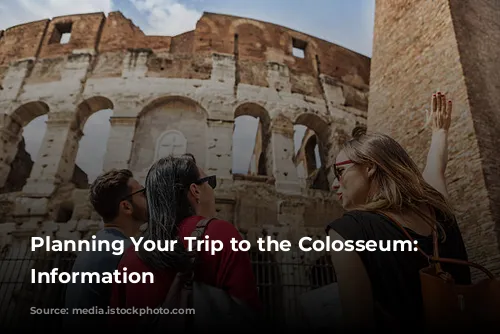
Free Entry to Museums on the First Sunday of the Month
Every first Sunday of the month, entry to state-owned museums, galleries, parks, and some archaeological sites in Rome is free. This is a great opportunity to explore Rome’s cultural treasures on a budget.
However, remember that this is the busiest day of the month, so arrive early to avoid long lines.
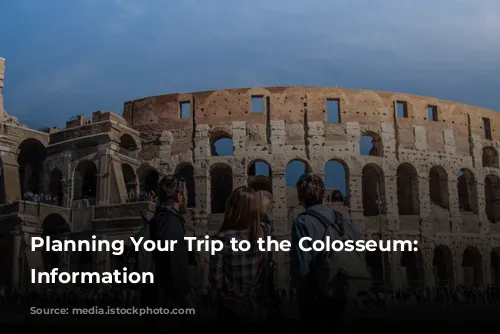
The Colosseum: A Symbol of Ancient Rome
The Colosseum is not just a monument; it is a symbol. It represents the power, might, and (though perhaps controversial) savagery of the ancient Roman Empire. Today, it stands as an iconic symbol of both ancient Rome and the modern city, much like the Eiffel Tower in Paris.
A visit to the Colosseum is an unforgettable experience, transporting you back in time to the heart of the ancient Roman world.
